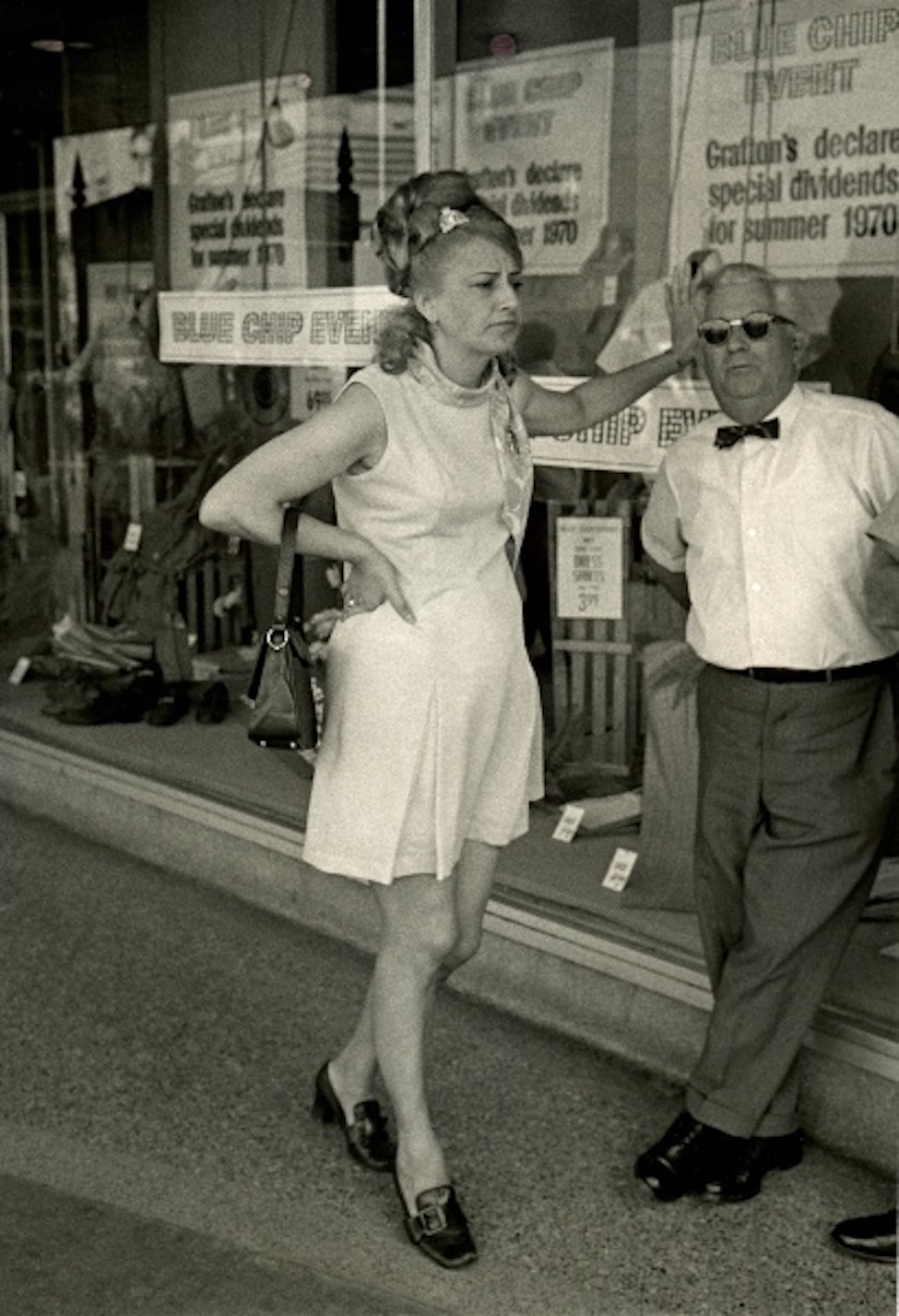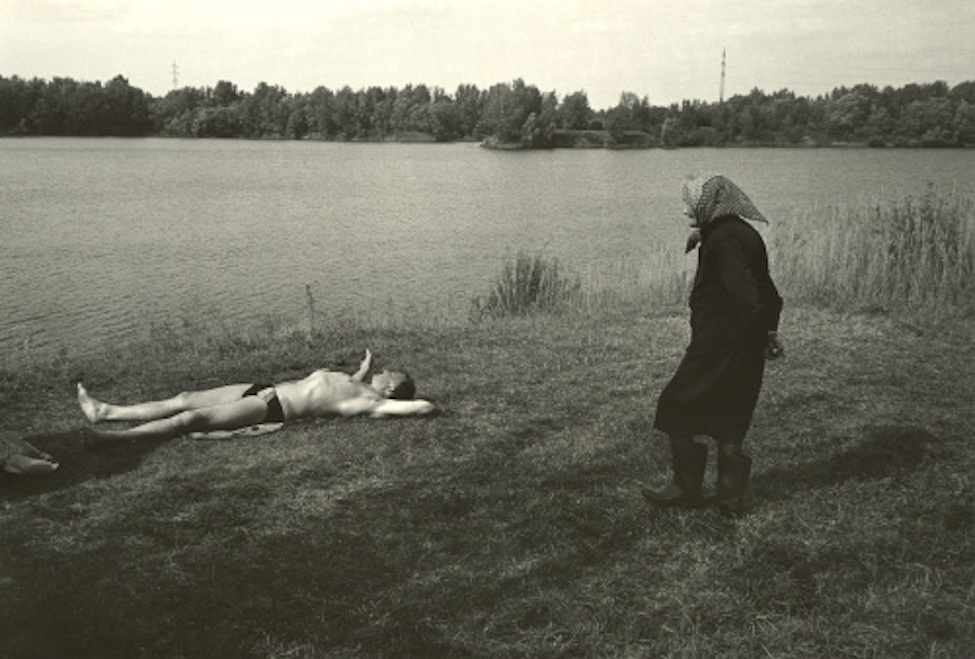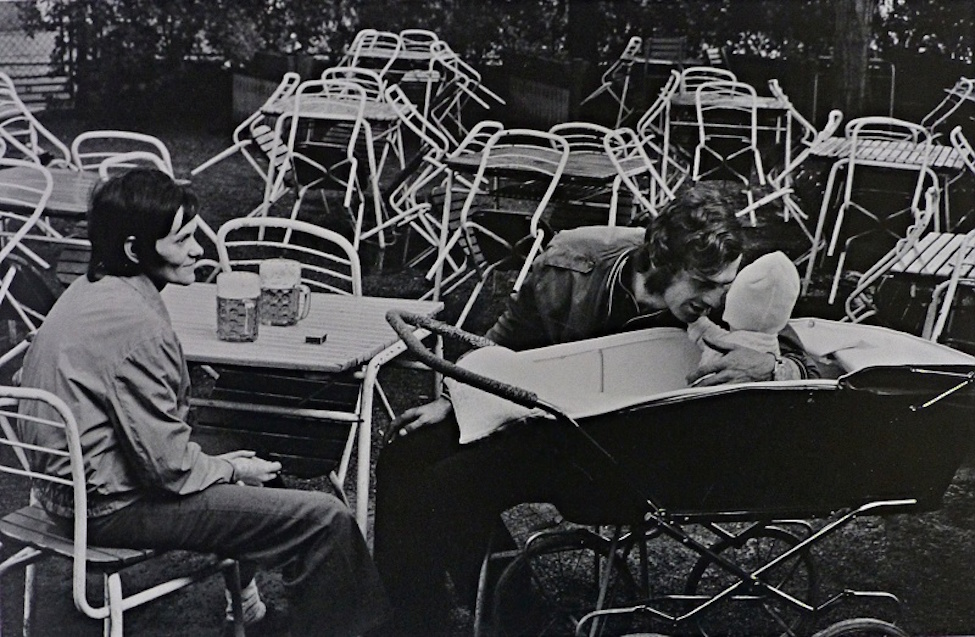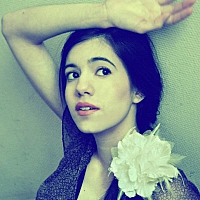
© Viktor Kolar
Expositions du 15/6/2016 au 25/9/2016 Terminé
The Lumiere Brothers Center for Photography Bolotnaya naberezhnaya 3 b. 1 119072 Moscow Russie
The Lumiere Brothers Center for Photography along with the Czech center in Moscow are pleased to present an exhibition of Viktor Kolar – one of the most important Czech photographers of the second half of the 20th century. The exhibition includes around 60 silver gelatin prints from his Ostrava and Canada series.The Lumiere Brothers Center for Photography Bolotnaya naberezhnaya 3 b. 1 119072 Moscow Russie

© Viktor Kolar
Viktor Kolar was born in 1941 in Ostrava. At 13 he began to photograph and at 23 he had his first exhibition at a local museum. Viktor Kolar inherited his passion for photography from his father, a talented documentary film director and well-known photographer in Ostrava. “There is nothing more surreal than reality itself”, this quote by Brassaï helps to discern a multitude of meanings in Viktor Kolar’s work inspired by the environment of postwar Ostrava, where the communist present, with its double identity, withstood German occupation, the short-lived Czech republic and Habsburg empire. Viktor Kolar has been photographing Ostrava for over 50 years. In 1968, after the invasion of Czechoslovakia by Warsaw Pact troops, he fled to Canada but after five years returned under the amnesty for Czech immigrants. Viktor Kolar’s work experience at Vitkovice Steel Works, the ancient mill in the former industrial center of the Czech republic, at the age of 18 largely influenced his photography. Viktor Kolar says, “The pain and misery some of us go through can often result in creating the best photographs. It is when things are hard, I believe, that we may see what appears invisible, or appreciate the potential of a subject that looks ordinary”.
Photography of Viktor Kolar bears similarities to works of the previous generations of Czech photographers. His talent of capturing the atmosphere of space and the fragility of the unrepeatable moment recall photographs of the interiors of St Vitus’ Cathedral from the 1920s by Josef Sudek, “emotive photography” from the 1930s by Jaromir Funke, documentation of the perversity of meaning under state control on the streets of Prague from the1950s-60s by a Czech surrealist Emila Medková.

© Viktor Kolar
Viktor Kolar combines intellectual contemplation of and empathy toward his subjects. Psychological dynamics was central to his work produced in Canada and the USA from 1968 to 1973 where he shot in public places and in the streets of Hamilton, Montreal, Toronto, Vancouver, and New York and continued to capture him after his return to Ostrava. His photographs of the streets of Ostrava in the 1970s-80s reveal the psychological state of people in front of his lens and at the same time bring viewers in contact with the atmosphere of the time formed by the imposed rules of the communist state, destruction of values, loss of the utopia and anticipation of change. In his photographs of the independent Czech republic the symbols of a new capitalist society – shopping malls, cheep markets, ubiquitous advertising – contrast with the residents of Ostrava unfamiliar with market economy. Contradictory motifs of this later work trace back to Kolar’s early photographs and derive from his aspiration to embrace all of the multifaceted reality of the city.
Kolar says about these photographs, “…I have to be as realistic about the new order as I was about the old one. Sentimentality will not save us”. In 1991 Kolar won the award from the Mother Jones International Fund for Documentary Photography. His solo exhibitions took place at the photography festival Mesiac Fotografie in Bratislava (2011), in Leica Gallery in New York (2002), Musée de l’Elysée pour la photographie in Lausanne (1998), the Photographic Center in Athens (1997). As part of group exhibitions his work was presented at the Museum of Contemporary Photography in Chicago (2001), Barbican Art Gallery in London (2006), The Art Institute of Chicago (2001), Museum Ludwig in Köln (1990), FotoFest in Houston (1990), The Photographers’ Gallery in London (1985), Rencontres Internationales de la Photographie (1983). Kolar works are included in the collections of The Art Institute of Chicago, Victoria and Albert Museum in London, International Center of Photography in New York, Maison Européenne de la Photographie in Paris, Musée de l’Elysee pour la photographie in Lausanne, Museum Ludwig in Köln.


